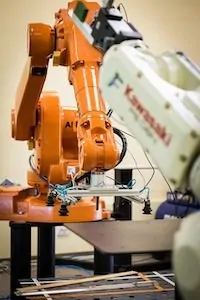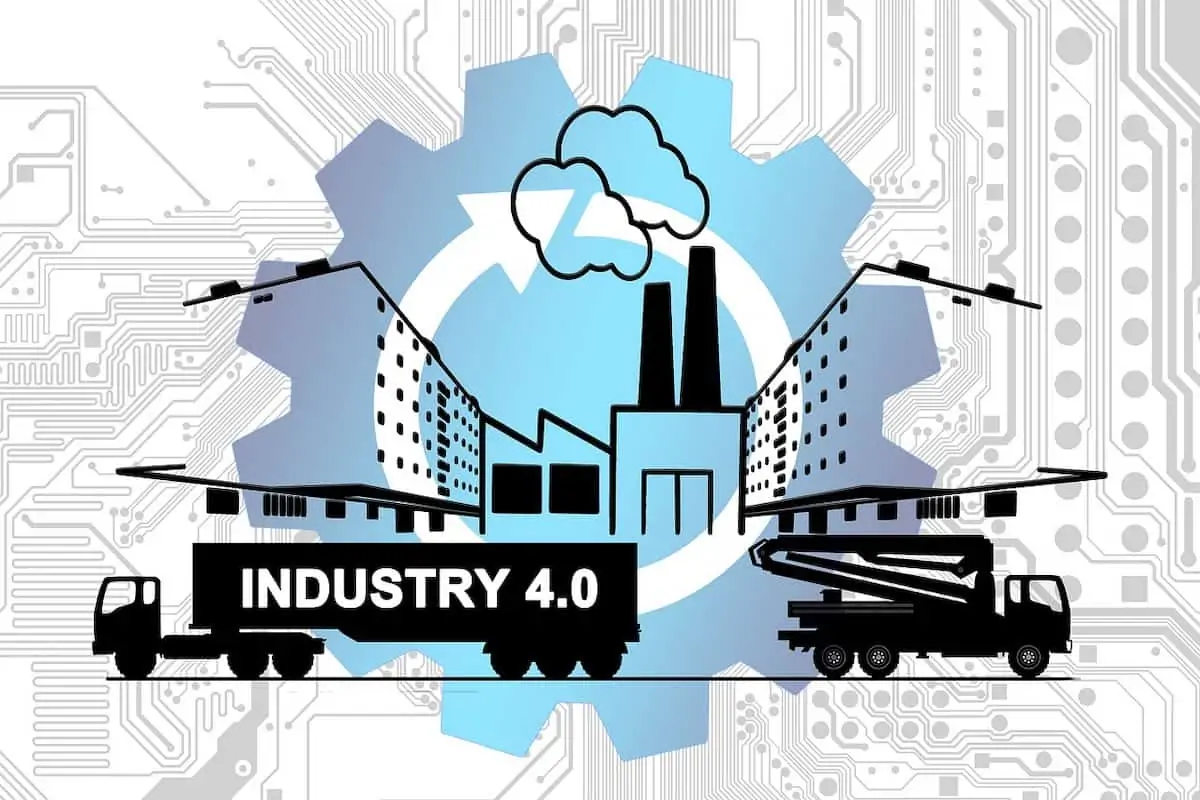Since the term Industry 4.0 was first coined by the German government in 2011 it has steadily gathered pace and interest from companies across all industries. This infographic from 2Flow takes you through how much it has grown and how much it is expected to grow in the years to come.
Industry 4.0 is a far cry from what has come before it and data analytics is at the heart of it. In all supply chains, companies are always looking for ways to make it more efficient and digitization is more often than not the answer – which makes Industry 4.0 the answer.
So what can Industry 4.0 accomplish?
It is all about connection and it can connect all areas of your business to improve their efficiency. Use real time data to satisfy customer demands, see weaknesses that exist in equipment with data from thousands of sensors and data points, ensure timely replacement of parts and avoid production downtime. This is just some of what can be accomplished.

Like with anything, there are many challenges to successfully implementing all that Industry 4.0 has to offer. The challenges are vast but a lack of digital culture and training is holding back 50% of companies from incorporating smart manufacturing technologies. Just because a company is presented with evidences how Industry 4.0 can improve them, it doesn’t mean they’re going to make the change overnight.
This is why it’s so important to map out your strategy over the next five years to at least achieve some progress. Have a look at your company and get some clarity on your own digital maturity and set clear goals.
Even if you’re ready, don’t jump in too early as technology projects are of course expensive. A pilot project might be a good idea and if it’s successful it will make it easier to secure the funding required for a larger rollout. Find out more in this infographic.


